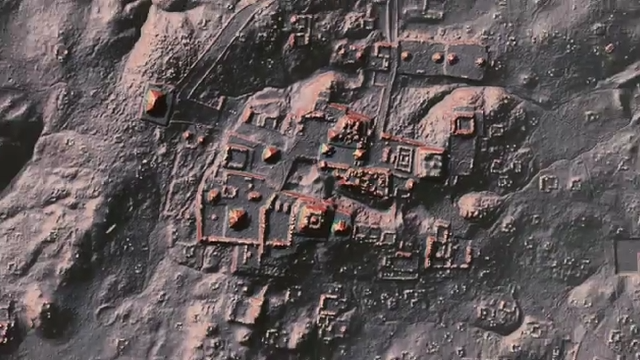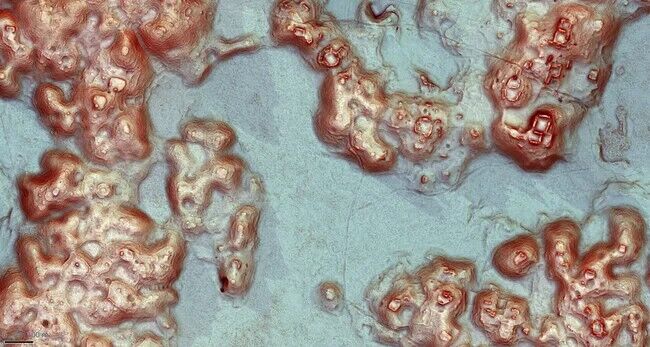News
A huge Mayan city no one had ever heard of before discovered in Mexico. Photo
Laser surveys has revealed a huge centuries-old Mayan city on the Yucatan Peninsula in Mexico. Interestingly, no one had ever heard of this settlement before.
During the study, scientists used lidar maps (light detection and ranging), which are created by shooting laser pulses at the ground, to identify the 1500-year-old territory. It was found that there are up to 6674 structures in the city, including pyramids such as those in Chichén Itzá and Tikal, LiveScience writes.
With the development of lidar technology over the past few decades, the number of discoveries of ancient settlements has increased dramatically, scientists say. However, this technology is expensive and often inaccessible to budding scientists like Luke Auld-Thomas, an archaeologist at Northern Arizona University and first author of the study. Nevertheless, some have come up with a plan to get around this barrier.
"Scientists in ecology, forestry and civil engineering have been using lidar surveys to study some of these areas for totally separate purposes. So what if a lidar survey of this area already existed?" thought Auld-Thomas.
After analyzing previously commissioned lidar surveys, Auld-Thomas found a study designed to measure and monitor carbon in Mexico's forests. After analyzing 129 square kilometers in east-central Campeche, Mexico, where Mayan structures had never been searched before, Luke and his colleagues found hidden fingerprints of a Mayan city hidden inside modern farms and highways.
The city, which the researchers named Valeriana after a freshwater lagoon nearby, dates to the Classic period (250-900 AD) and shows "all the hallmarks of a Classic Maya political capital," including numerous enclosed plazas connected by a broad causeway, temple pyramids, and a ball court, the researchers noted.
Further away from Valeriana's city center, terraces and houses dot the hillside, indicating the city's dense sprawl. This study is the first to identify Mayan structures in the east-central part of Campeche, the researchers emphasize.
"The government never knew about it; the scientific community never knew about it. That really puts an exclamation point behind the statement that, no, we have not found everything, and yes, there's a lot more to be discovered," Auld-Thomas said.
Only verified information is available on OBOZ.UA Telegram channel and Viber. Do not fall for fakes!





























